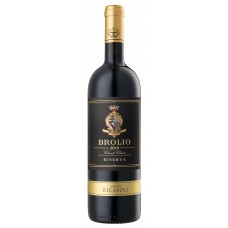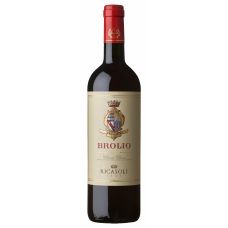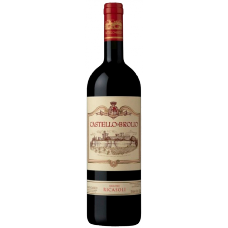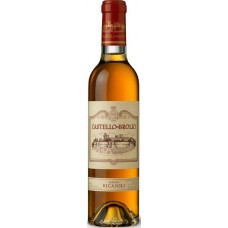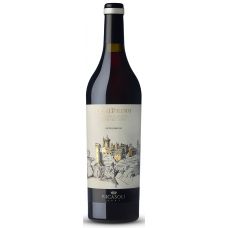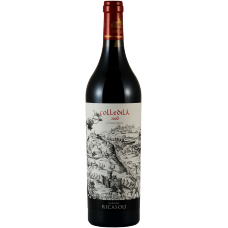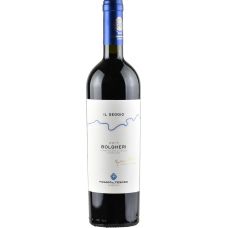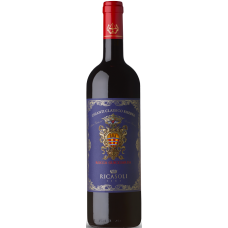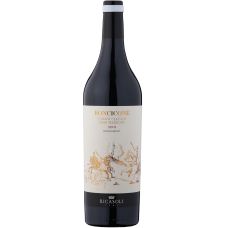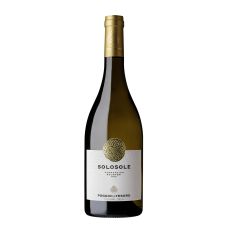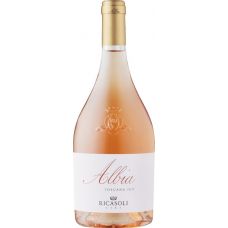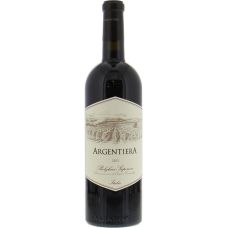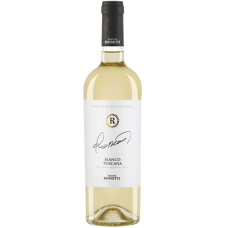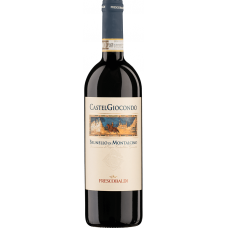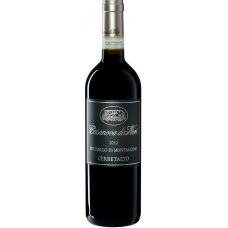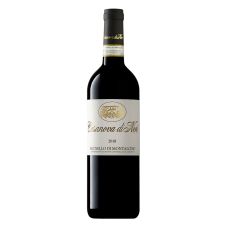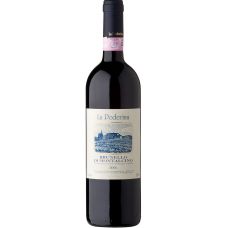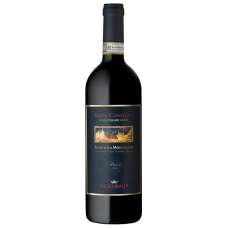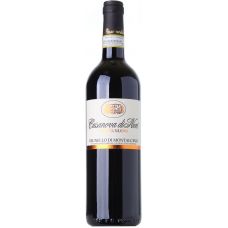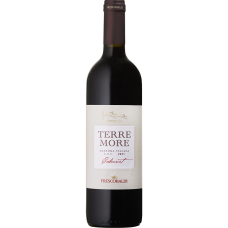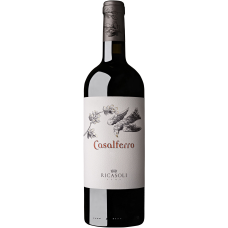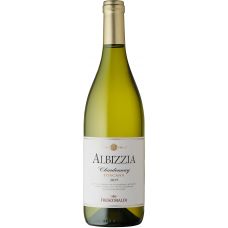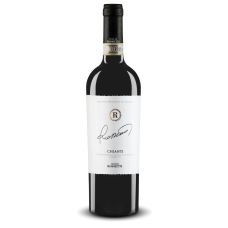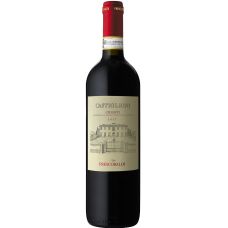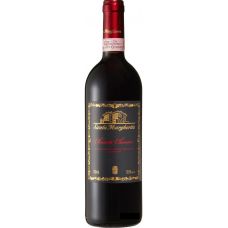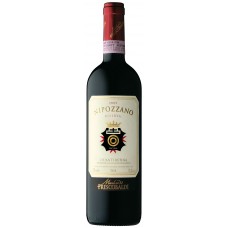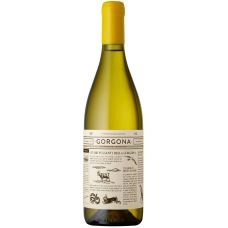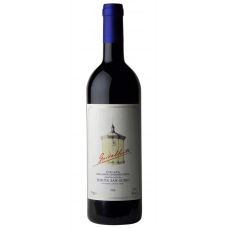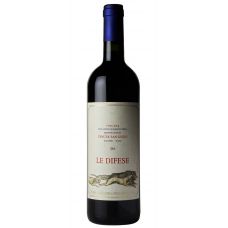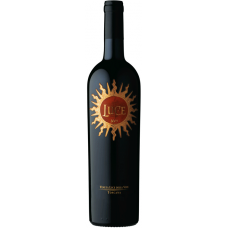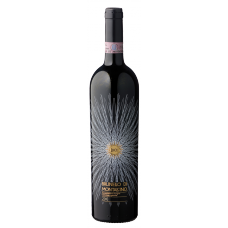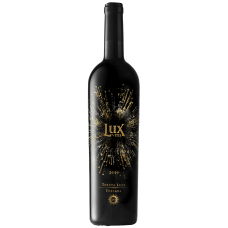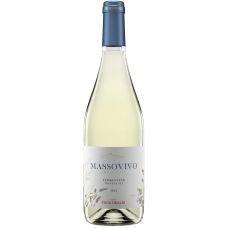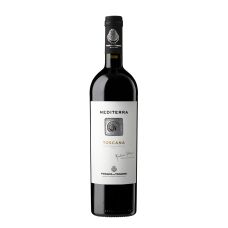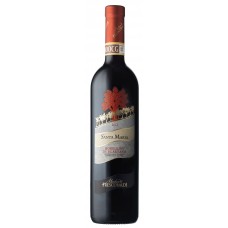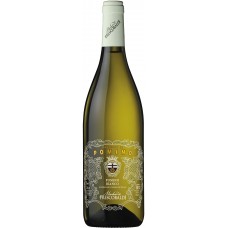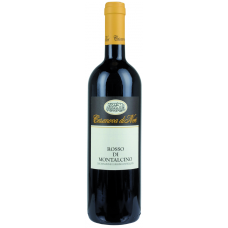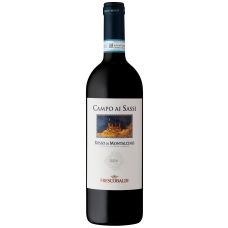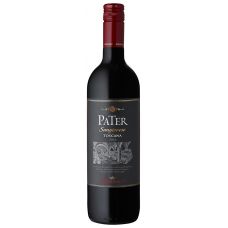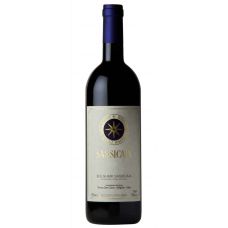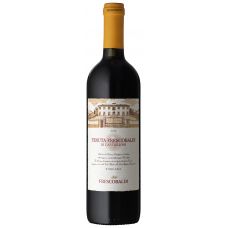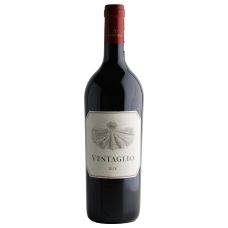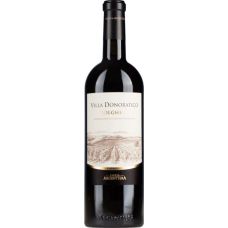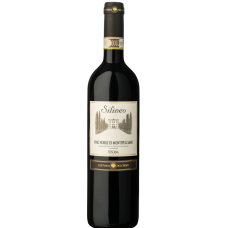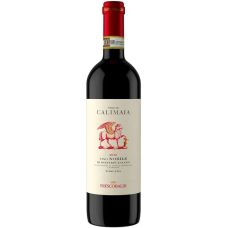The Etruscans had established a flourishing wine trade by the 8th to 5th century BC Under the Romans, who preferred ‘bigger’ wines from the south, the industry deteriorated, before centuries of invaders all but obliterated the remains Preserved by secluded monks in hillside abbeys, traces of this Etruscan legacy were still evident up until the 1950s, such as mixed cultivation, with vines supported by apple, mulberry and olive trees This was a culture of local produce for local consumption only.
Centuries later, this region shifted from being a supplier of straw-basket Chianti to one of the most creative producers of premium wine The renaissance was led by the influential house of Marchese Piero Antinori, who chose to produce wines of international class outside of what he felt were ‘short-sighted’ DOC regulations In 1971, Antinori produced Tignanello, a wine that bridged Tuscany to Bordeaux by blending Sangiovese with Cabernet Sauvignon With excellent results, many producers followed suit and the ‘Super-Tuscans’ were born.
Although classified as mere vino da tavolas, the reputation of these wines often exceeded their DOC and DOCG counterparts in reputation (and price) To address this problematic rift in the DOC classification system, the new category Indicazione Geografica Tipica (IGT) was created in 1992 to accommodate these renegade, high-quality wines Although cult wines continue to prosper to this day, a conviction voiced increasingly around Tuscan vineyards is that the wine of the future will rely ever more on native vines, primarily Sangiovese Many who had resorted to making wines outside the DOC system are now using their established expertise to re-establish Sangiovese as a noble varietal grape and revitalize its production.
.
- 750ml
- 750ml
- 750ml
- 500ml
- 750ml
- 750ml
- 750ml
- 750ml
- 750ml
- 750ml
- 750ml
- 750ml
- 750ml
- 750ml
- 750ml
- 750ml
- 750ml
- 750ml
- 750 ml
- 750ml
- 750ml
- 750ml
- 750ml
- 750ml
- 750ml
- 750ml
- 375ml - 750ml
- 750ml
- 750ml
- 750ml
- 750ml
- 750ml
- 750ml
- 750ml
- 750ml
- 750 ml
- 750ml
- 750ml
- 750 ml
- 750ml
- 750ml
- 750ml
- 750ml
- 750ml
- 750ml
- 750 ml
- 750ml
- 750ml
- 750ml

